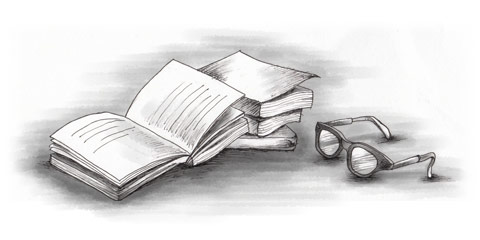Throughout history, the Kazakh people have been rich in their traditions. From birth to old age and even death, every step of their lives is marked with celebration.
Respect for guests
A respectful attitude to guests has contributed to the traditional Kazakh ceremony of tea, similar to the world famous ritual experienced in China. A quick visit to almost any Kazakh household will see your immerse yourself in this. Traditionally every guest is offered the traditional Kazakh cuisine at the dastarkhan.
Nomadic history
The Eurasian nomads left Kazakhstan the kiyiz uy - a comfortable and practical movable home.
It is easily taken apart (it is said that a Kazakh woman can do it in half an hour) and carried by horses and camels. The kiyiz uy consists of three main elements: an extensible trellis base (kerege), a dome made of poles (uyk) and a round top (shanyrak).
Kazakh life is surrounded by ornaments, with homes richly decorated with wall carpets and multi-coloured embroideries. The Kazakhs use felt to cover their kiyiz uys and for interior decorating, the skill of felt-making inherited long ago from Turks in the region, who were renowned as the most skilful. The material is also used to make dresses and shoes.
Handcrafts
Wood, bone and metal are all used in Kazakhstan for creating ornaments and other items. Headdresses, dresses, bags and saddle-cloths are beautifully embroidered using traditional designs.
The horns of mountain rams and goats are used to decorate beds and caskets. Leather is used to make quivers, belts, harnesses and flasks (torsyks) for water and kumys (fermented mare’s milk). Kazakh artisans are also very skillful jewelers.
Steppe zergers (jewelers) favour white silver. Traditional Kazakh bell-shaped earrings, original bracelets (bilezics), or the traditional bracelet linked to three rings with fine chains will be sure to impress you.
National dress
Kazakh national dress varies by regions. Men wear chapans, a kind of dressing gown with a belt, made of velvet and richly embroidered. They cover their heads with a soft skullcap (tobetay), a tall felt cap (kalpak) or a fox-fur hat with earflaps (malakay).
The women's dress in a white cotton or coloured silk dress, a velvet waistcoat with embroidery and a cap or a silk scarf. Elderly women wear a hood made of white cloth with a hole for the face (the Kimeshek). Brides wear a tall pointed, richly decorated hat, topped with feathers (saukele).
Cultural events
Music and poetry
The Kazakhs love the art of wordplay and their akyns (poets), who improvise at public competitions known as aitys, accompanied by Kazakh stringed musical instruments: the dombra or the kobyz.
Islamic New Year
Nauryz (Islamic New Year) is one of the biggest holidays in Central Asia. In Kazakhstan it is celebrated on the day of the spring equinox, March 22. The streets of towns and villages are transformed, and guests are hosted in the beautiful kiyiz uys with the traditional Nauryz kozhe dish made from seven traditional ingredients. People respecting this nearly month-long holiday forgive each other’s debts and offences.
Sport
National games are usually performed on horseback and are an opportunity to witness the Kazakhs' outstanding riding skills. Kazaksha kures (Kazakh wrestling), baige (horse racing over 25, 50 or 100 km), kokpar (a sort of polo game played with a dead goat), kyz-kuu (catch the girl) and alty bakan (six-pole swing) are all essential components of Kazakh sport.
This article was contributed by Optimum Translation Agency, offering language services in Kazakh, Russian and English.

